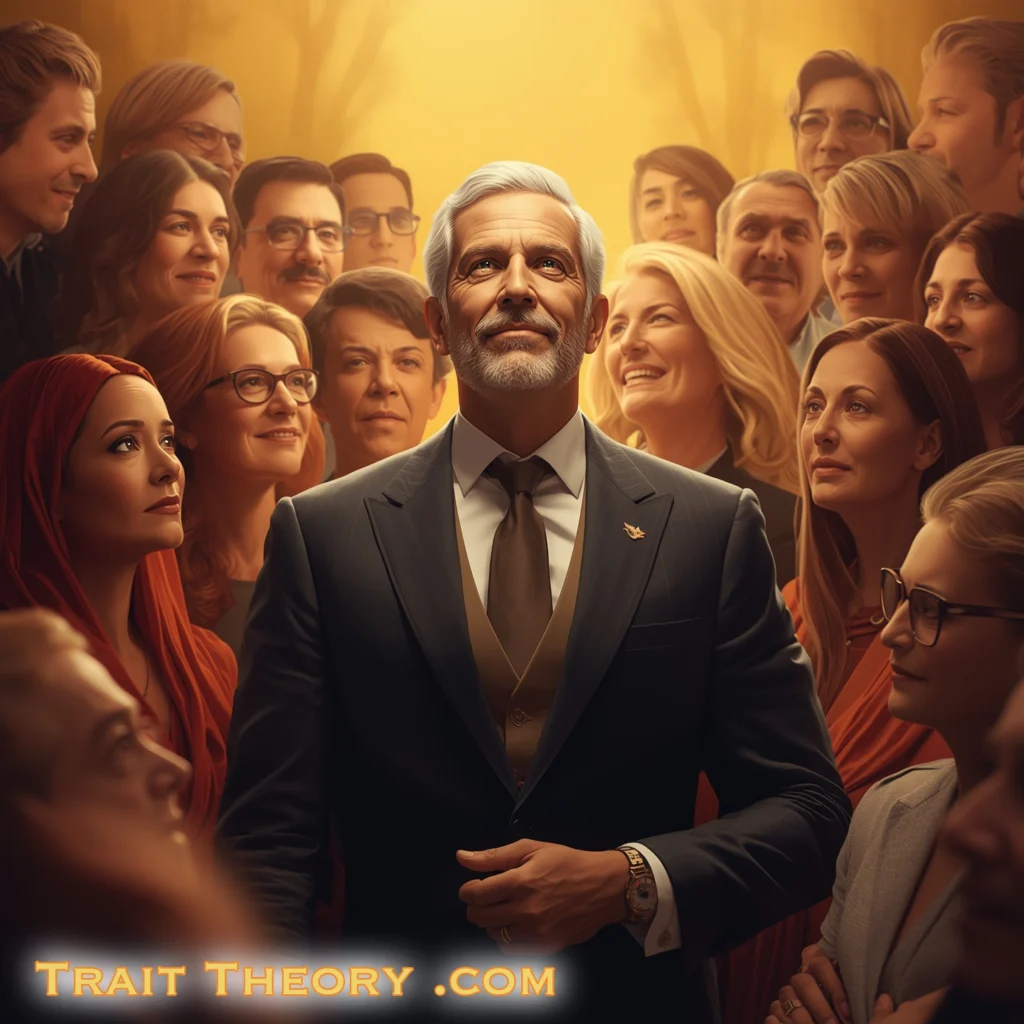What Is the Trait Theory of Leadership?
When people talk about leadership, they often reach for intangibles: charisma, presence, that ineffable “something” that makes others fall in line behind a person. The trait theory of leadership takes that instinct and tries to codify it, distilling leadership down into a cluster of identifiable characteristics that leaders either possess or do not. At its core, the theory proposes that effective leaders share certain enduring personality traits, physical attributes, or cognitive capacities that distinguish them from non-leaders. It is, in short, a “leaders are born, not made” proposition, or at least one that leans heavily toward innate qualities over learned skills. To understand the theory fully, though, one must dive into its intellectual history, the empirical efforts to define it, its critics, and its enduring influence on how we still talk about leadership today.
The roots of trait theory stretch back to the so-called “Great Man” theory of the 19th century. Thomas Carlyle, in his famous 1841 lectures, argued that “the history of the world is but the biography of great men.” This view treated leadership as the product of extraordinary individuals who arose at critical moments in history. Napoleon, Lincoln, Churchill—these figures were understood as born leaders, endowed with intrinsic capacities that ordinary people could not replicate. Early attempts at trait theory simply tried to catalogue the shared features of such figures: height, intelligence, confidence, courage, decisiveness. Researchers in the first half of the 20th century scoured biographies and conducted early psychological tests to see what consistently separated leaders from the masses.
By the 1940s, scholars had assembled long lists of “leadership traits,” sometimes running into the dozens. Ralph Stogdill’s landmark 1948 review analyzed over a hundred studies and concluded that while traits mattered, they did not alone determine leadership effectiveness. For instance, intelligence, alertness, insight, responsibility, initiative, persistence, and self-confidence were frequently correlated with leadership, but the relevance of any particular trait depended heavily on context. A military leader might need physical courage and emotional resilience; a corporate executive might need analytical intelligence and social astuteness. This marked a turning point: trait theory was not abandoned, but it became clear that traits interacted with situations rather than existing in a vacuum.
From there, the theory matured. Later iterations of trait research honed in on narrower, empirically supported clusters of characteristics. The “Big Five” personality framework—openness, conscientiousness, extraversion, agreeableness, and neuroticism (or its inverse, emotional stability)—provided a more systematic way to study leader traits. Repeated meta-analyses have found that extraversion is strongly linked to leadership emergence and effectiveness, while conscientiousness and openness to experience also play significant roles. Self-confidence, a sense of responsibility, and emotional stability also recur as essential. Unlike earlier, impressionistic catalogs, this newer approach grounded trait theory in robust psychometrics, making it far more scientifically defensible.
Still, the trait theory has limitations. One major critique is determinism: if leadership is primarily about fixed traits, does that mean individuals who lack them are doomed never to lead? That stance is both philosophically uncomfortable and empirically untrue. Training, experience, and deliberate practice demonstrably shape leadership ability. Another critique is cultural bias. Many early trait studies were based on Western, male, often white leaders, and so they risked confusing culturally contingent qualities with universal ones. For example, assertiveness may be prized in U.S. corporate contexts but less so in East Asian or Scandinavian settings, where consensus-building may be more central. Traits do not carry identical meaning across cultures.
Yet despite these shortcomings, the theory retains remarkable staying power. Part of the reason is intuitive appeal: when people think about leaders they admire, they instinctively point to enduring qualities—“she’s decisive,” “he’s visionary,” “they’re calm under pressure.” Another reason is practical: organizations still use trait-based assessments in hiring and promotion, whether through personality inventories, cognitive ability tests, or leadership potential frameworks. The idea that certain personal attributes predispose someone to lead is simply too compelling, and often too pragmatically useful, to discard.
Moreover, contemporary leadership science often blends trait perspectives with situational or behavioral ones. The most accurate view is probably not an either-or but a both-and: leaders are shaped by traits, but also by context, opportunity, and skill development. Traits may tilt the playing field—an extrovert may find it easier to step into visible leadership roles—but they are not destiny. The best leaders combine natural dispositions with learned competencies, and the interaction between the two is what produces real-world effectiveness.
To put this in a personal frame: think of someone in your own life you regard as a leader. Perhaps it’s a boss, a teacher, a coach, or even a friend. Now ask yourself—what is it about them that makes you follow? Chances are you’ll describe traits. Maybe they’re calm when everyone else panics. Maybe they exude confidence in a way that makes you feel secure. Maybe they’re relentlessly conscientious, always prepared, always thorough. That, in a nutshell, is the enduring insight of trait theory: we cannot separate leadership from the person, from who they are at a dispositional level. And while that insight is not the whole story, it is a crucial piece of it.
In sum, the trait theory of leadership argues that enduring personal characteristics—cognitive, emotional, and even physical—help explain why some people rise to positions of influence and succeed in them. It began with the “Great Man” theory, evolved through empirical studies that catalogued traits, matured with frameworks like the Big Five, and continues to inform how organizations evaluate potential leaders. Its greatest strength is clarity: it names the qualities we intuitively recognize in leaders. Its greatest weakness is rigidity: traits alone cannot fully account for the dynamic, situational, and developmental aspects of leadership. Still, as long as humans look for patterns in personality to explain influence, trait theory will remain a foundational lens for thinking about what makes a leader.
References:
- Zaccaro, S. J. (2007). “Trait-based perspectives of leadership.” American Psychologist,
- Antonakis, J., & Day, D. V. (Eds.). (2017). The Nature of Leadership
